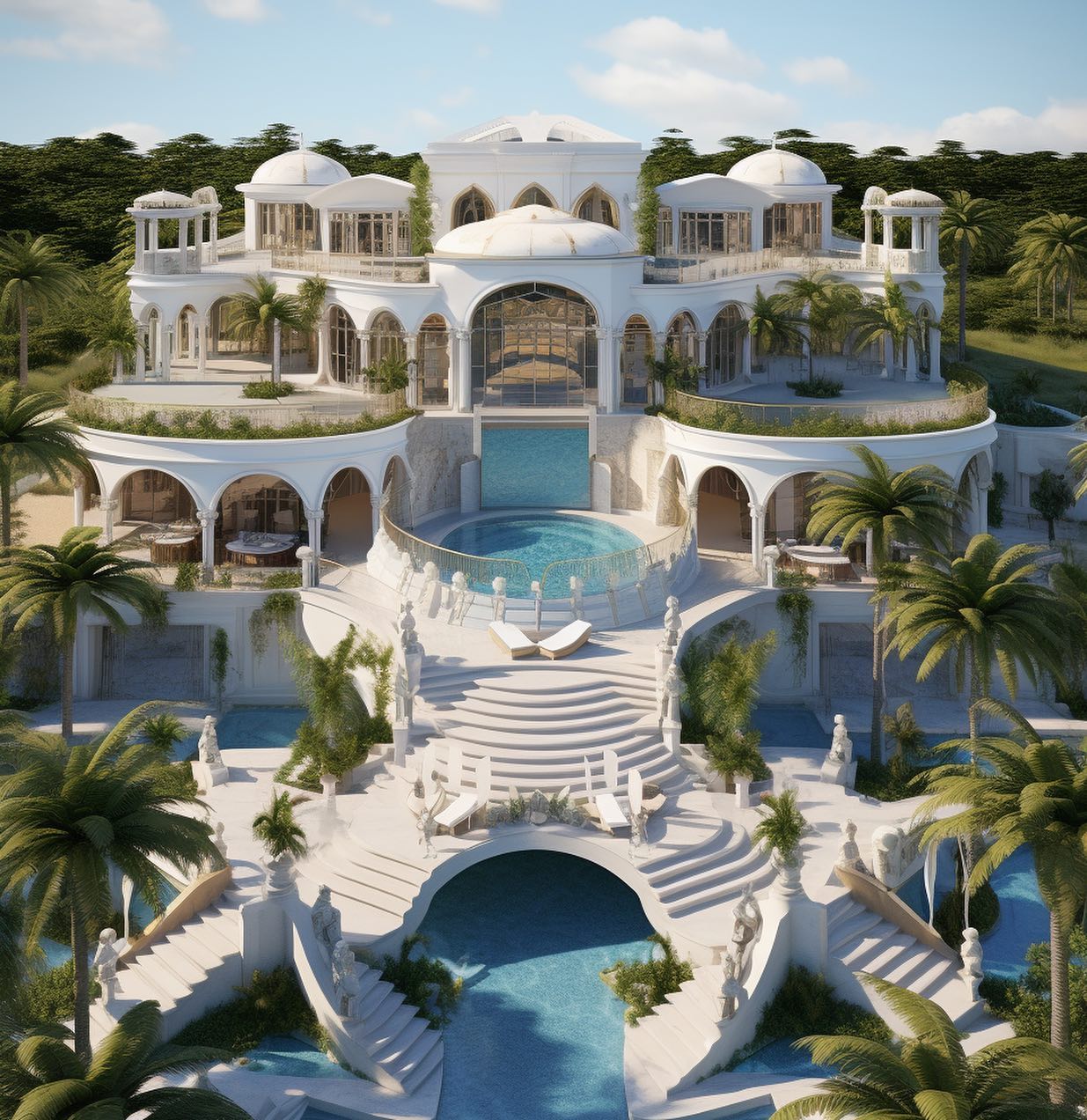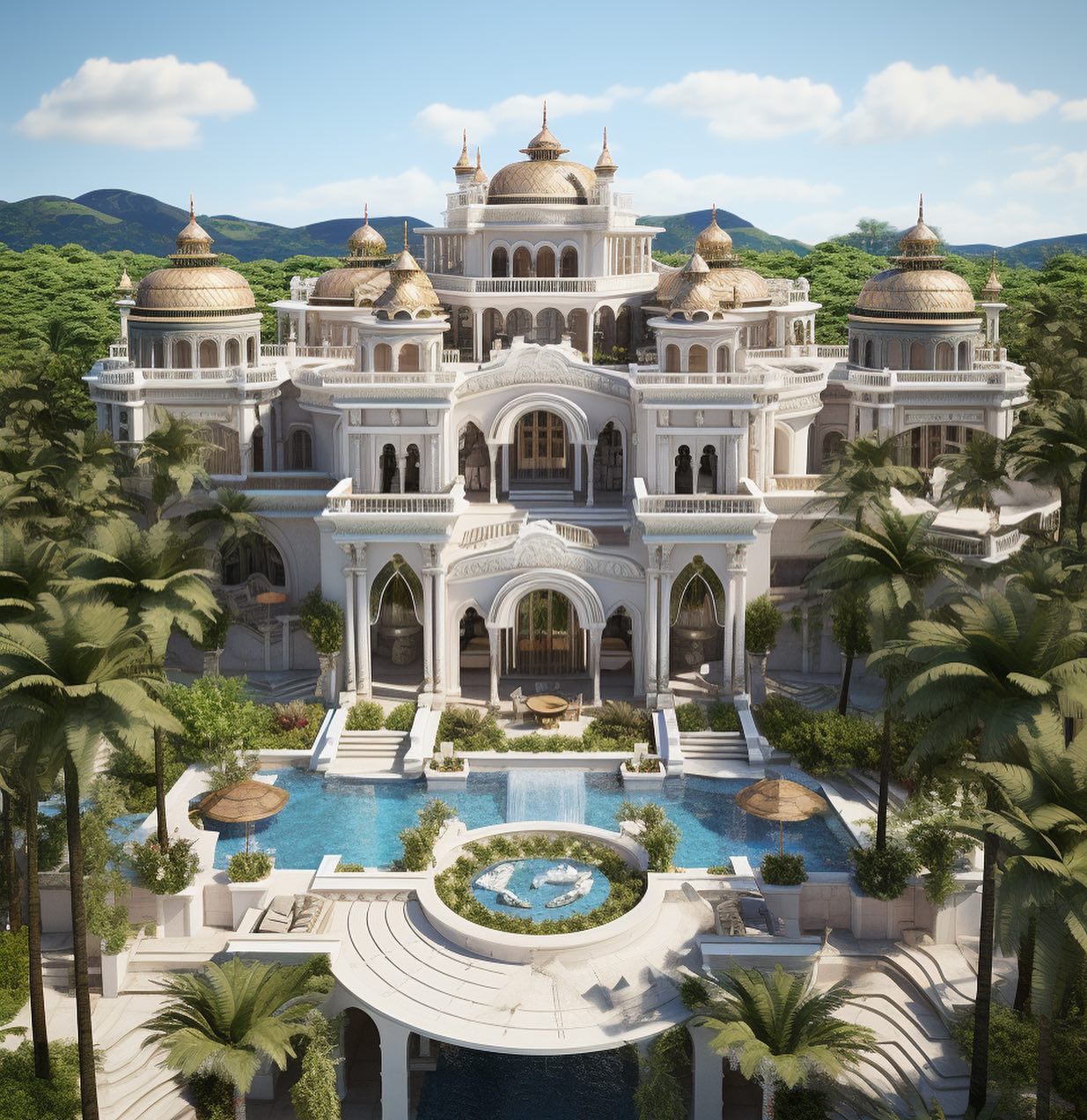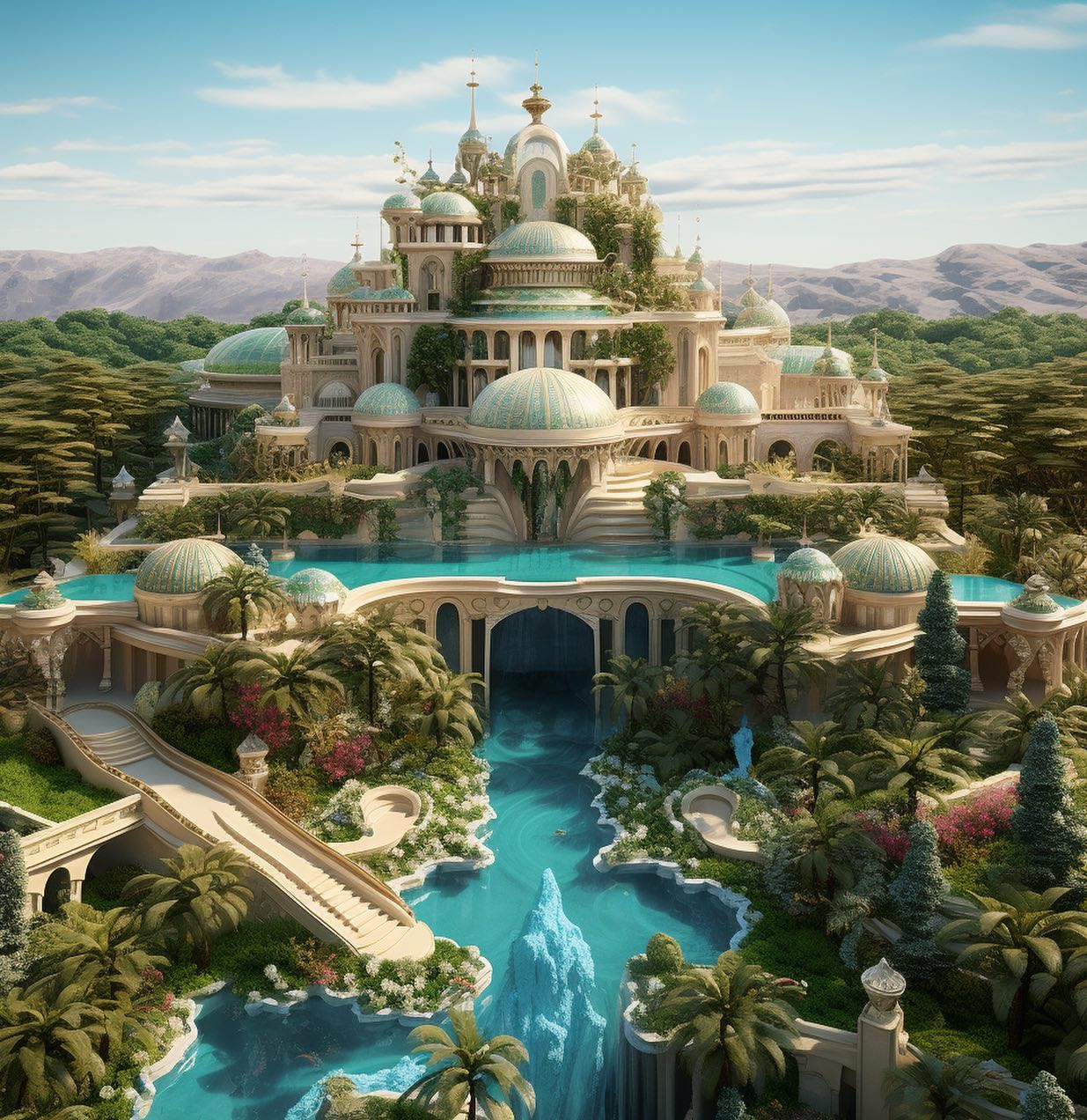In the early 2000s, the Royal Palace of Egypt stood as a majestic testament to the country’s rich history and regal heritage. Nestled amidst lush gardens and sprawling grounds, this architectural masterpiece exuded an aura of grandeur and elegance.

As one approached the palace, they were greeted by a magnificent façade adorned with intricate carvings and embellishments. The grand entrance, framed by towering columns, led to opulent halls and chambers that showcased a blend of traditional Egyptian motifs and contemporary design elements.

Inside, the palace boasted exquisite craftsmanship, with gilded ceilings, ornate chandeliers, and luxurious furnishings. Elaborate tapestries and artwork adorned the walls, telling stories of Egypt’s ancient past and royal lineage.

The palace’s expansive gardens were a sight to behold, featuring manicured lawns, vibrant flower beds, and meandering pathways. Fountains and water features added a touch of tranquility, providing a serene backdrop for leisurely strolls.

From the palace’s balconies and terraces, one could gaze upon breathtaking views of the surrounding landscape, including the mighty Nile River and the bustling city beyond. The panorama served as a reminder of Egypt’s enduring legacy and its place in the modern world.
The Royal Palace of Egypt in the 2000s was not only a symbol of power and authority but also a testament to the country’s commitment to preserving its cultural heritage. It stood as a living testament to the grandeur of ancient Egypt while embracing the contemporary influences of the time.
Visiting the palace was like stepping into a bygone era, where the echoes of royalty and the whispers of history resonated in every corner. It was a place where one could immerse themselves in the splendor of Egypt’s past while marveling at the nation’s present achievements.
The Royal Palace of Egypt, in all its glory, remained a beacon of beauty, a testament to the country’s rich cultural tapestry, and a reminder of the timeless allure of the Egyptian royal legacy.